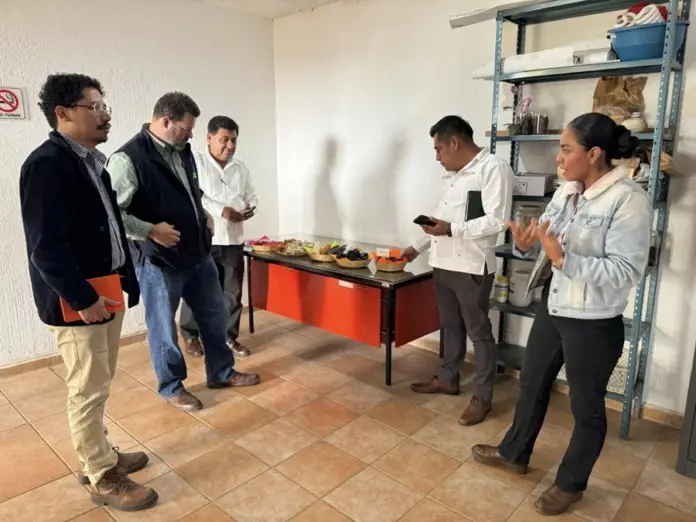In a scenario where biodiversity faces constant threats, Oaxaca is a bastion of cultural and ecological resistance.
The recent declaration by Governor Salomón Jara Cruz reaffirms the state’s commitment to preserving native corn, a wealth that transcends agriculture and is rooted in the very identity of its communities.
With 35 of the 64 existing corn varieties in the country, Oaxaca is positioned not only as a center of origin and domestication, but also as a key player in the fight against transgenic corn.
Corn in Oaxaca is not simply a crop, it is the axis of community life and the basis of a world-renowned gastronomy.
Varieties such as the zapalote chico, used in the preparation of the emblematic totopos, are living testimony of a millennial adaptation to local conditions.
This cereal, domesticated thousands of years ago, embodies the biocultural diversity of the state. Faced with the growing influence of GMOs and the use of herbicides such as glyphosate, Oaxaca reaffirms its role as guardian of this heritage.
The government of Oaxaca has deployed a set of comprehensive strategies to protect and strengthen native seeds.
Currently, there are 84 community seed banks, spaces that not only protect native varieties, but also promote their cultivation in local plots. These banks, located in regions such as Santa María Peñoles, guarantee the survival of breeds such as corn bolita, essential in the preparation of the iconic tlayudas.
In addition, initiatives such as the installation of biofactories and the promotion of organic agriculture are part of a larger effort to move towards sustainable production. These actions include the improvement of native varieties, making them more resilient to diseases such as asphalt scab and adverse weather conditions.
The government’s project also includes the promotion of milpa, a traditional agricultural system that combines the cultivation of corn, beans, chili, squash and other vegetables.
With a budget of 610 million pesos for 2025, it seeks not only to preserve this model, but also to guarantee the food sovereignty of the communities.
Oaxaca will host the third largest seed bank in Mexico, located next to the Milpa Museum.
This space will store seeds not only from Oaxacan corn, but also from other crops from the Mexican southeast. The initiative represents a crucial step in the conservation of genetic diversity and in preparing for possible contingencies.
The statements of Governor Salomón Jara Cruz also underline the frontal opposition to transgenic corn.
These types of crops, promoted by commercial interests, represent a threat to biodiversity and human health.
In line with federal policies, the Oaxacan government supports the initiative to prohibit its importation and commercialization, highlighting the importance of protecting the rights of local farmers and the country’s genetic heritage.
The fight to preserve native corn is much more than an agricultural battle; it is a defense of the culture, sovereignty and future of Oaxacan communities.
The actions undertaken by the Oaxacan government reflect a deep commitment to biodiversity and cultural identity, setting an example at the national and international level. In a world threatened by uniformity, Oaxaca chooses diversity as its legacy and strength.
Source: agenciaoaxacamx




